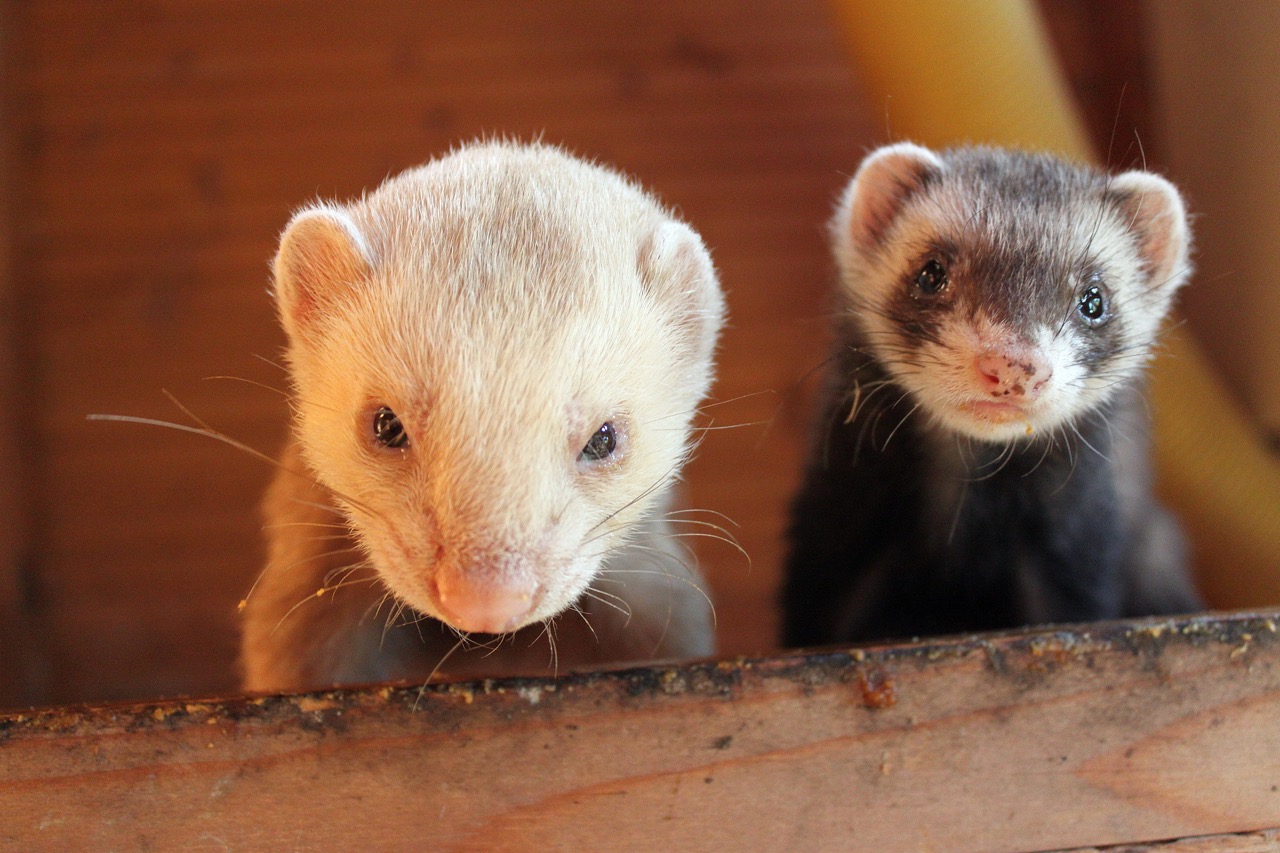When it comes to providing the best habitat for your ferret, selecting an appropriate cage is a crucial step in ensuring their well-being. Ferrets are active, social creatures with specific needs that must be met to promote their health and happiness. This article will guide you through the essential factors to consider when choosing a ferret cage, focusing on their spatial and environmental requirements, the essential features of the cage, the materials used in construction, and maintenance for cleanliness.
Understanding Ferret Needs: Space and Environment Requirements
Ferrets are known for their curiosity and high energy; thus, they require a spacious environment that allows them to explore and engage in their natural behaviors. An ideal cage should provide ample room for them to move around, climb, and play. A minimum of 24 inches by 36 inches of floor space is recommended, although larger is always better, as ferrets thrive in environments that simulate their natural habitats. Additionally, multi-level cages can offer vertical space for climbing, which ferrets enjoy.
Aside from physical space, the cage environment must also accommodate ferrets’ need for stimulation. Including various enrichment items such as hammocks, tunnels, and toys can help keep ferrets mentally engaged. It is essential to create a diverse environment, as ferrets can become bored quickly and may develop behavioral issues if left in an unstimulating environment for too long. Furthermore, ensuring that the cage has proper ventilation is crucial, as ferrets are sensitive to heat and humidity.
Finally, remember that ferrets are social animals and thrive on interaction. While they do need a space of their own, it is important to provide regular out-of-cage time for socialization and exercise. A well-designed ferret cage will serve as a safe haven, but owners should also ensure that their pet gets plenty of time to roam freely and interact with family members, both human and animal.
Essential Features: Size, Layout, and Accessibility of Cages
When selecting a ferret cage, size plays a critical role in your ferret’s happiness and well-being. In addition to surface area, the height of the cage is another important factor. Ferrets are natural climbers, so a taller cage with multiple levels can provide additional stimulation. Look for a cage that offers at least two to three levels, as well as ramps or ladders that allow easy access between levels. This design allows ferrets to express their natural climbing instincts while providing ample space to move.
The layout of the cage should also be functional and user-friendly. Consider cages that come with removable trays for easy cleaning, as well as multiple access points for easy interaction with your pet. Cages with wide doors are beneficial for quick access and for cleaning purposes, while those with small doors may prove cumbersome. Additionally, a layout that encourages interaction, such as platforms and tunnels, can make the cage more entertaining and engaging for your ferret.
Accessibility also extends to the cage’s design elements, such as the placement of food and water dishes. Ensuring that food and water are placed securely on platforms or shelves can help prevent spills and keep the cage cleaner. Look for cages with built-in feeding areas or spaces that elevate dishes, as these features can help maintain cleanliness and make feeding more convenient for both you and your ferret.
Materials Matter: Assessing Durability and Safety Standards
The materials used in a ferret cage are essential for ensuring the safety and longevity of the habitat. Ideally, the cage should be constructed from high-quality, non-toxic materials that can withstand the chewing and scratching of active ferrets. Avoid cages made from untreated wood, as ferrets may chew on these surfaces and ingest harmful substances. Instead, opt for cages made of metal or plastic, which are more durable and easier to clean.
In addition to material durability, safety standards should also be a primary consideration. The spacing between bars should be no more than one inch to prevent escape or injury. Ferrets are known for their ability to squeeze into tight spaces, so having a cage designed with their safety in mind is crucial. Ensure that there are no sharp edges or hazardous materials that could pose a risk to your ferret’s health.
Furthermore, consider the cage’s design features that contribute to the overall safety of your pet. Look for cages with secure locking mechanisms on doors and compartments to prevent accidental openings. Cages with smooth surfaces are also easier to clean and less likely to harbor bacteria or parasites, contributing to a safer living environment for your ferret.
Maintenance and Cleaning: Easy-To-Clean Cage Options
Maintaining a clean living space for your ferret is essential for their health and happiness. Regular cleaning not only helps prevent the buildup of odors and bacteria but also contributes to your pet’s overall well-being. Therefore, it’s wise to choose a cage that is designed for easy maintenance. Look for cages with removable trays or easy-access doors that allow you to quickly clean up waste and replace bedding without hassle.
Cages that have a smooth, solid bottom are generally easier to clean than those with wire bottoms. Wire-bottom cages can be challenging to maintain, as waste can fall through the bars, creating a mess underneath. A solid bottom can contain messes and make it easier to wipe down the surface. Additionally, many ferret owners prefer cages that are made from materials that resist staining and odors, making them easier to keep fresh over time.
Lastly, consider the type of bedding and accessories you use within the cage. Opt for washable and reusable items such as fabric hammocks, blankets, and bedding materials. These can be easily removed and laundered, ensuring your ferret has a clean and comfortable space to live in. By prioritizing ease of maintenance in your selection, you can create a healthy environment for your ferret while making your own life easier.
Choosing the right ferret cage is a critical aspect of responsible pet ownership. Understanding your ferret’s needs for space and stimulation, identifying essential features like size and accessibility, selecting durable and safe materials, and considering ease of maintenance are all key factors in making an informed decision. By taking the time to evaluate these aspects, you can create a comfortable, engaging, and safe home for your ferret that promotes their health and happiness for years to come.










